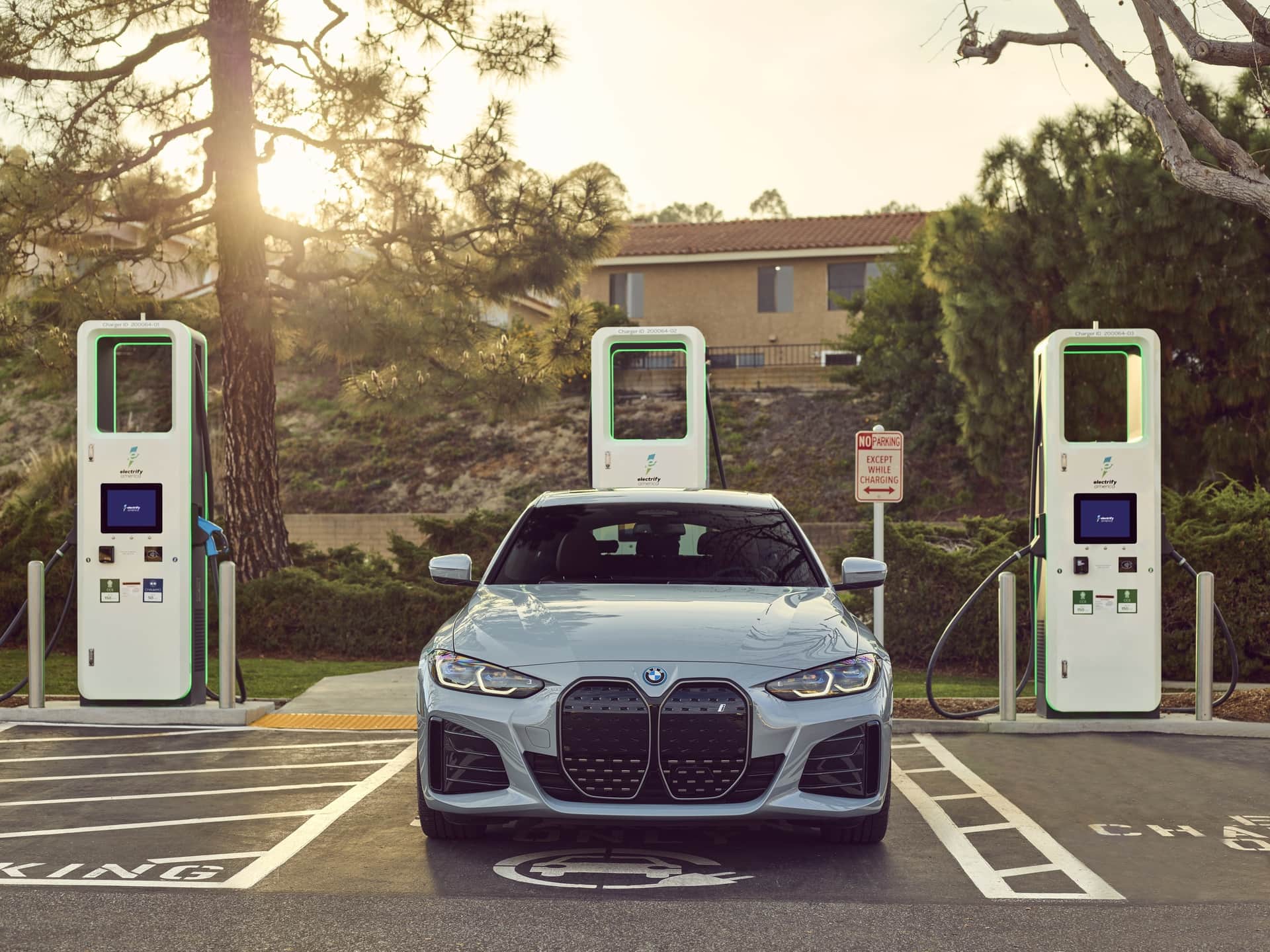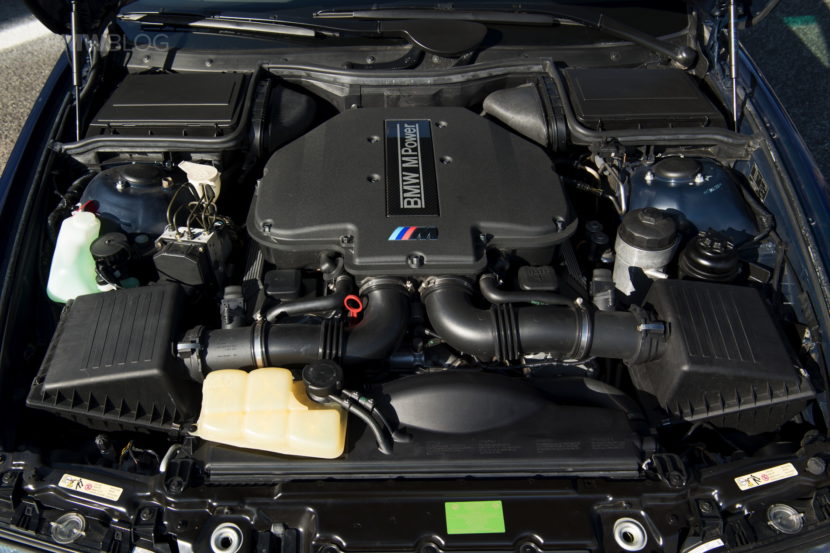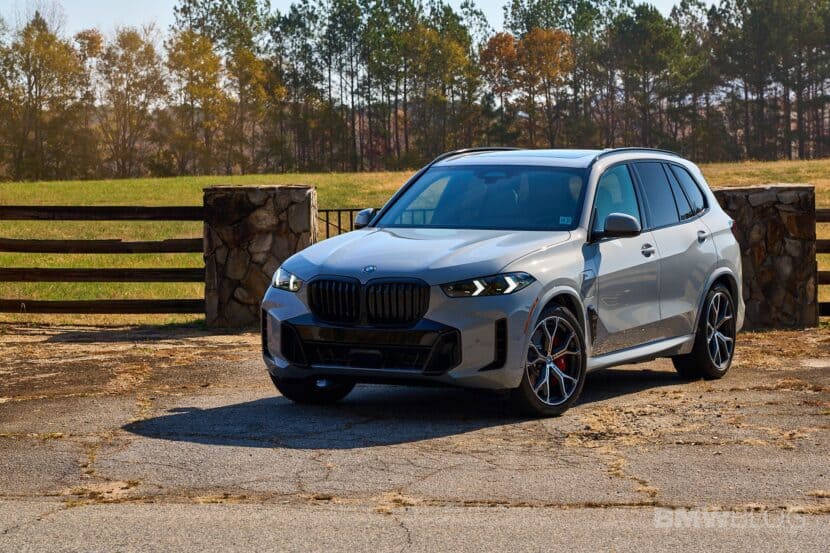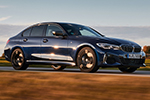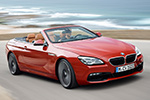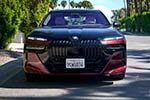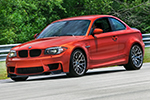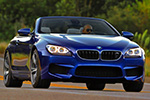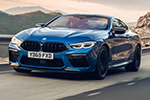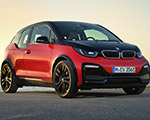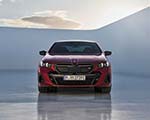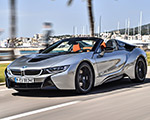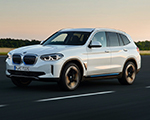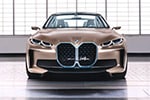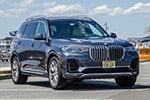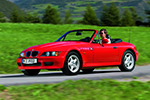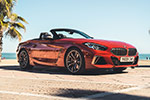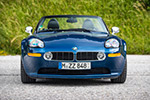Fast charging is one of the biggest perks of driving an electric vehicle. But to truly unlock its potential, especially on road trips or during busy days, you need to do more than just plug in. Factors like battery temperature, state of charge, and route planning can make a major difference in charging performance—particularly in models like the BMW i4. And that’s even more important in cold weather. Here’s how to prepare your EV for fast charging to ensure you get the quickest, most efficient charge possible.
1. Use the Built-In Navigation System
Before you arrive at a charging station, set it as your destination in your vehicle’s built-in navigation system (not via Apple CarPlay or Android Auto). This is critical because modern electric vehicles like the BMW i4, i5, iX and i7, among others, use this input to precondition the battery—essentially warming it up to the ideal temperature for fast charging.
Preconditioning begins automatically when the car knows you’re heading to a high-powered charger. This makes a huge difference in charging speed, especially in colder weather or if the battery hasn’t been under heavy use. You will notice that sometimes it can take more than 30 minutes, during cold weather, for the charging speed to get up to the advertised capacity.
2. Enable Preconditioning Manually (If Available)
If your BMW is a newer model with a dedicated preconditioning option in the charging menu, make sure to enable it before you arrive. This gives you more control and guarantees that the battery will be properly warmed up by the time you plug in. Warming up the battery usually takes around 20–25 minutes, so give your vehicle enough time to reach the right temperature en route.
3. Try the “Yo-Yo Method” If Preconditioning Isn’t Available
Driving an older EV without built-in preconditioning? You can still prep the battery manually using a technique known among EV owners as the “yo-yo method.” Here’s how:
- Put the car in B mode (for stronger regenerative braking).
- On a freeway, accelerate briskly to a comfortable speed, then allow the car to coast and regenerate all the way back down to a lower speed.
- Repeat this cycle 10 times or more.
This rapid acceleration and deceleration warms the battery through increased energy flow, mimicking the effect of a preconditioning system.
4. Understand the Role of State of Charge (SOC)
Your battery’s State of Charge (SOC) dramatically affects how fast your car can charge. Here’s the general rule, but of course, it can vary from BMW to BMW, all based on their charging capacity and charging curve:
- Fastest charging (150 kW+) occurs between 10–30% SOC.
- Charging speed gradually slows as SOC increases.
- At 50% SOC or higher, charging rates begin to drop significantly.
- At 80% or more, charging slows down significantly to protect battery health.
So if you’re planning a fast charge, try to arrive with 20% SOC or less for optimal speed. For example, our BMW i4 is getting 200 kW on a 350 kW charger at 20% SOC—an ideal scenario for rapid top-ups.
5. Plan Ahead for Efficiency and Time Savings
Combining these techniques—using native navigation, enabling preconditioning, or warming the battery manually—can save you valuable minutes at the charger and extend your range more efficiently. On long trips, this can add up to major time savings and less downtime.


